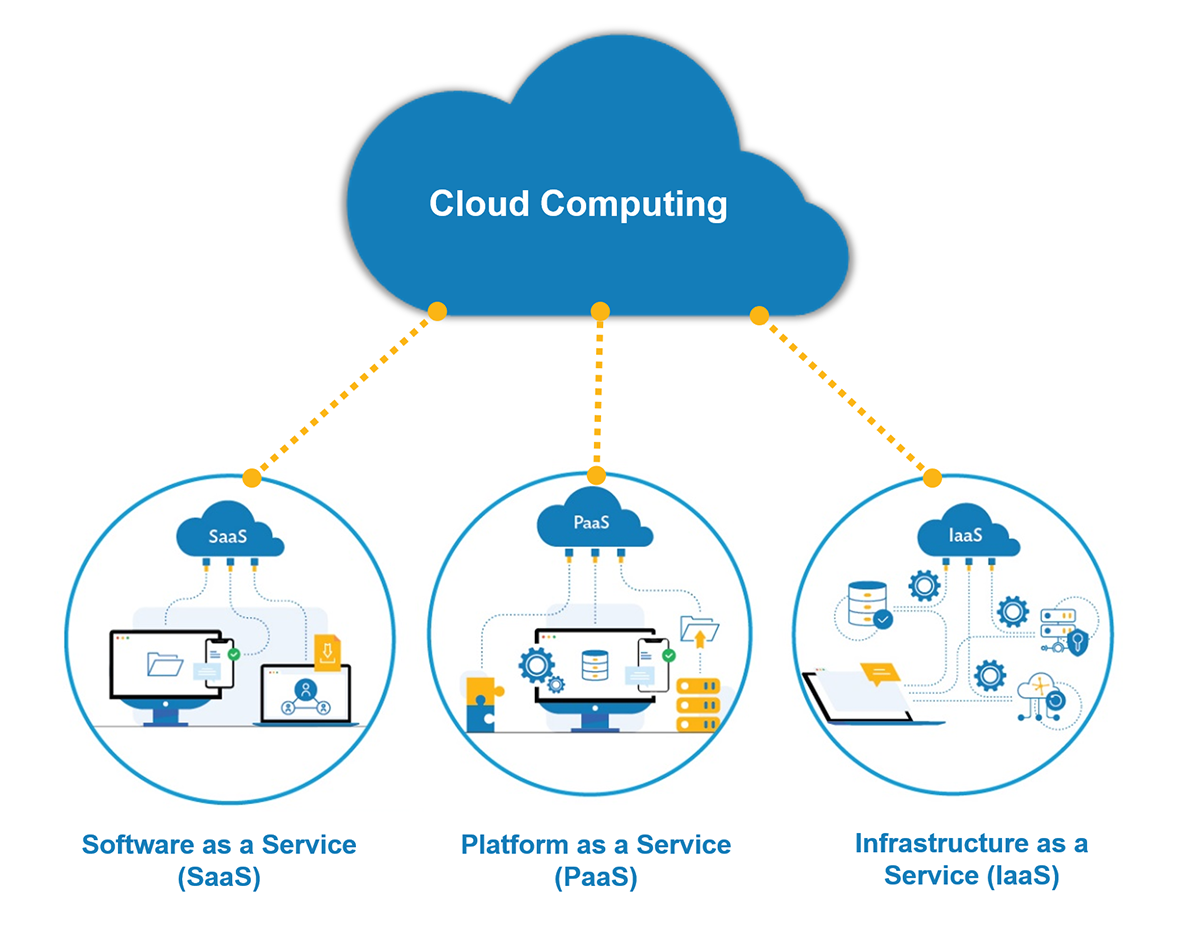Achieve Seamless Cooperation With Cloud Provider
In today's fast-paced and interconnected business landscape, achieving smooth collaboration with cloud solutions has actually come to be a keystone for driving effectiveness and success. The ability to effortlessly incorporate cloud-based tools and systems into everyday operations uses exceptional adaptability and ease of access for teams, enabling for improved interaction and job management. However, the journey in the direction of achieving true cohesion and efficiency via cloud cooperation is not without its details and challenges. By exploring the subtleties of cloud solution option, implementation techniques, and ideal practices, organizations can open the complete potential of cloud partnership and lead the way for transformative results.
Benefits of Cloud Cooperation
Cloud collaboration uses organizations the chance to enhance communication and enhance productivity through shared digital platforms. Among the vital advantages of cloud collaboration is the capability for employee to access, modify, and share papers in real-time from any type of location, cultivating smooth team effort. This availability eliminates the restraints of physical distance, permitting more versatility in job arrangements and making it possible for remote collaboration. Furthermore, cloud cooperation promotes version control, making sure that all employee are dealing with the most current papers, minimizing mistakes and enhancing general efficiency.
Additionally, cloud partnership devices frequently come geared up with attributes such as job administration, data storage space, and interaction devices, combining vital features right into one platform. This assimilation streamlines process, lessens the requirement for several applications, and enhances organization-wide interaction (linkdaddy cloud services). By systematizing resources and helping with simple access to information, cloud partnership encourages teams to work cohesively in the direction of typical goals, driving technology and success within the organization
Selecting the Right Cloud Company
When choosing a cloud provider for cooperation needs, complete research study and examination of offerings are critical to ensure optimum capability and security. The very first step in selecting the best cloud service copyright is to determine the particular collaboration needs of your company. Think about aspects such as the number of customers, the kind of collaboration devices required, and any industry-specific conformity demands.
Next, review the safety gauges executed by the cloud company. Make sure that the copyright follows market standards and has durable data security, gain access to controls, and regular protection audits in position to protect your sensitive details. Cloud Services. Additionally, consider the provider's uptime assurances, information backup procedures, and catastrophe recovery intends to ensure service continuity
Moreover, evaluate the scalability and versatility of the cloud company's offerings. Your cooperation requirements may progress in time, so it is essential to pick a provider that can accommodate growth and adapt to your changing requirements. Lastly, think about aspects such as prices, client support, and individual reviews to make an informed other decision when selecting the right cloud solution copyright for your collaboration needs.
Executing Cloud Collaboration Tools
To optimize cooperation performance within an organization, the seamless execution of cloud-based cooperation tools is vital. Executing cloud collaboration devices needs a tactical approach to make certain successful integration and fostering across groups. The very first step is to examine the organization's current collaboration demands and procedures to determine areas that can be improved or streamlined via cloud technology. Next, selecting the best cloud collaboration tools that align with these requirements is crucial. Whether it's messaging applications, task administration platforms, or file-sharing systems, the picked devices need to facilitate real-time interaction, documents ease of access, and job monitoring.
When the devices are picked, a comprehensive application strategy need to be established, thinking about variables like user training, data migration, and protection methods. It's necessary to involve essential stakeholders from various divisions to ensure a smooth transition and deal with any type of worries or resistance to change. Regular monitoring and comments collection post-implementation are likewise essential to make required modifications and enhance the devices' use for boosted cooperation end results.
Finest Practices for Cloud Partnership
Efficient collaboration in the digital age depends on leveraging finest practices in using cloud solutions to enhance efficiency and interaction among team participants. To maximize cloud collaboration, it is essential to establish clear standards and methods for data sharing and accessibility control.

Overcoming Difficulties in Cloud Partnership
Effectively implementing cloud partnership needs getting over numerous obstacles that can prevent effective teamwork and communication amongst team participants. One typical challenge is security problems, as sensitive information kept in the cloud may be at risk to violations if not effectively secured. To reduce this threat, companies should implement durable protection steps such as encryption, multi-factor authentication, and normal protection audits.
One more challenge is making certain smooth assimilation with existing workflows and systems. Migrating to a cloud cooperation system can interfere with established procedures, bring about resistance from staff member accustomed to typical techniques. To resolve this, thorough training and change management strategies need to be carried out to facilitate a smooth shift.
Reliance on net connectivity implies that disruptions in solution can hamper accessibility to necessary devices and data. By proactively dealing with these difficulties, companies can optimize their cloud partnership efforts and enhance total performance and performance.
Final Thought
To conclude, seamless collaboration with cloud solutions supplies countless advantages for organizations, including boosted performance, structured process, and boosted team effort. By picking the ideal cloud company, executing cooperation devices successfully, and complying with ideal methods, teams can overcome obstacles and accomplish efficient collaboration no matter of their physical places. linkdaddy cloud services. Welcoming cloud collaboration cultivates development and creates a culture of teamwork within the company
By exploring the subtleties of cloud service choice, implementation approaches, and finest techniques, organizations can open the full potential of cloud cooperation and lead the way for transformative end results.
